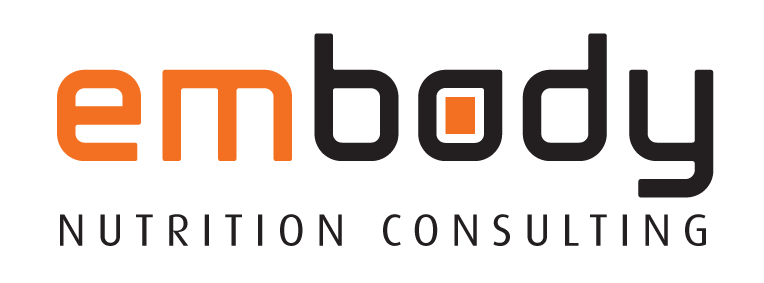When it comes to athletic performance, nutrition plays a pivotal role, and carbohydrates are the body’s primary source of energy. In recent years, a nutrition strategy known as carbohydrate cycling has gained significant attention in the sports world. This article explores the concept of carbohydrate cycling and its benefits for athletic performance, as well as some practical tips on how athletes can successfully implement carbohydrate cycling into their nutrition regime.
Understanding Carbohydrate Cycling
Carbohydrate cycling, also known as carb cycling, is a nutrition strategy that involves altering your carbohydrate intake on specific days or during particular training periods to optimise energy and performance. The goal is to strategically match your carb intake to your training demands and recovery needs.
What are the benefits of carb cycling?
Enhanced Energy Management
One of the primary advantages of carb cycling is the ability to manage your energy levels more effectively. By adjusting carb intake based on your training schedule, you can ensure that your body has the right amount of fuel when you need it most.
Example: Imagine you’re an endurance athlete preparing for a marathon. On days when you have long, intense training sessions, you increase your carbohydrate intake to ensure your glycogen stores are fully stocked. On rest days or during low-intensity training periods, you reduce carb intake to promote fat adaptation and weight management.
Improved Performance and Recovery
Carb cycling can significantly impact athletic performance and recovery. Consuming carbs strategically can help you perform better during high-intensity workouts and recover more efficiently afterward.
Example: Let’s say you’re a strength athlete focused on powerlifting. Prior to your workout, you consume carbs to provide the energy needed for heavy lifts. After your workout, you consume a carb-rich meal (alongside protein) to replenish glycogen stores and promote muscle recovery.
Body Composition Management
Carb cycling can be a valuable tool for managing body composition, including muscle gain and fat loss. By adjusting carb intake, you can create an environment that supports your specific goals.
Example: If you’re a bodybuilder looking to lose body fat while preserving muscle mass, you might implement a cycle where you reduce carbs on rest days and increase them on training days. This approach helps you maintain performance in the gym while promoting fat loss during periods of reduced carb intake.
How do I implement Carb Cycling?
Now that we’ve explored the benefits of carbohydrate cycling, let’s discuss how athletes can successfully incorporate this strategy into their nutrition regime:
Know Your Training Schedule
Understanding your training schedule is essential for effective carb cycling. Identify your high-intensity workout days, moderate-intensity days, and rest days. Tailor your carbohydrate intake accordingly.
Experiment and Monitor
Carbohydrate needs can vary from person to person, so it’s essential to experiment and find the approach that works best for you. Keep a nutrition journal to track your energy levels, performance, and recovery on different carb cycling days. Adjust your plan as needed. Make sure you get help with this if you are stuck – contact us to see how we can help you with this.
Choose the right carbohydrate sources at the right time
Emphasise whole, nutrient-dense carbohydrate sources like whole grains, fruits, and vegetables most of the time. These provide a steady release of energy and support overall health. Choose low fibre, easy to digest sources of carbohydrates around your training to give your body a quick source of energy without causing gut upset.
Carb cycling is a versatile and effective nutrition strategy that can benefit athletes of all levels. By strategically adjusting carbohydrate intake based on training demands, you can enhance your energy management, improve performance and recovery, and even manage body composition more effectively.
Remember that implementing carb cycling requires careful planning, monitoring, and adjustment to align with your specific goals and training schedule. If this is something you are looking to implement and you need help, make sure you get in touch to get individual advice.

